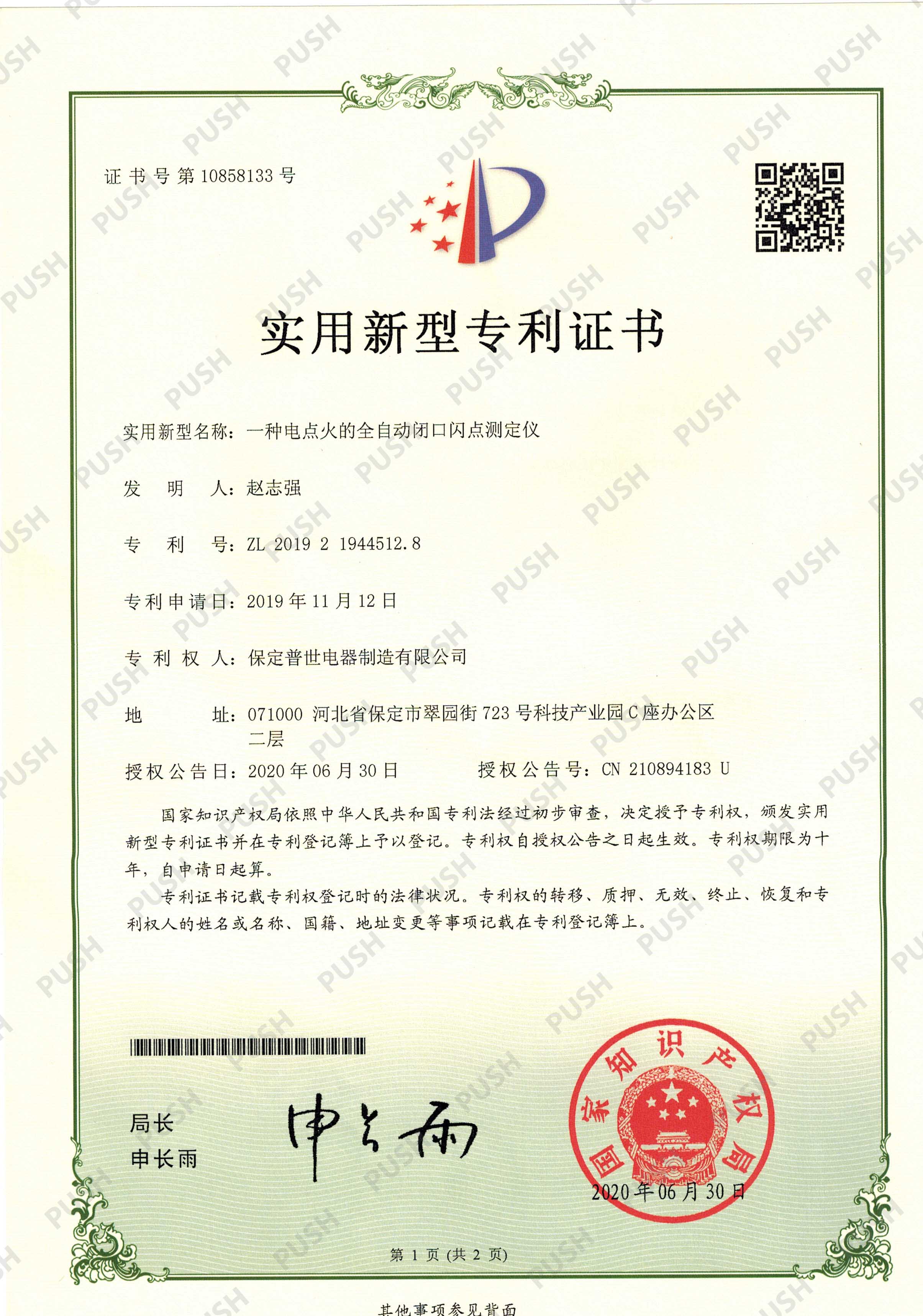 English
English



-
 Afrikaans
Afrikaans -
 Albanian
Albanian -
 Amharic
Amharic -
 Arabic
Arabic -
 Armenian
Armenian -
 Azerbaijani
Azerbaijani -
 Basque
Basque -
 Belarusian
Belarusian -
 Bengali
Bengali -
 Bosnian
Bosnian -
 Bulgarian
Bulgarian -
 Catalan
Catalan -
 Cebuano
Cebuano -
 China
China -
 China (Taiwan)
China (Taiwan) -
 Corsican
Corsican -
 Croatian
Croatian -
 Czech
Czech -
 Danish
Danish -
 Dutch
Dutch -
 English
English -
 Esperanto
Esperanto -
 Estonian
Estonian -
 Finnish
Finnish -
 French
French -
 Frisian
Frisian -
 Galician
Galician -
 Georgian
Georgian -
 German
German -
 Greek
Greek -
 Gujarati
Gujarati -
 Haitian Creole
Haitian Creole -
 hausa
hausa -
 hawaiian
hawaiian -
 Hebrew
Hebrew -
 Hindi
Hindi -
 Miao
Miao -
 Hungarian
Hungarian -
 Icelandic
Icelandic -
 igbo
igbo -
 Indonesian
Indonesian -
 irish
irish -
 Italian
Italian -
 Japanese
Japanese -
 Javanese
Javanese -
 Kannada
Kannada -
 kazakh
kazakh -
 Khmer
Khmer -
 Rwandese
Rwandese -
 Korean
Korean -
 Kurdish
Kurdish -
 Kyrgyz
Kyrgyz -
 Lao
Lao -
 Latin
Latin -
 Latvian
Latvian -
 Lithuanian
Lithuanian -
 Luxembourgish
Luxembourgish -
 Macedonian
Macedonian -
 Malgashi
Malgashi -
 Malay
Malay -
 Malayalam
Malayalam -
 Maltese
Maltese -
 Maori
Maori -
 Marathi
Marathi -
 Mongolian
Mongolian -
 Myanmar
Myanmar -
 Nepali
Nepali -
 Norwegian
Norwegian -
 Norwegian
Norwegian -
 Occitan
Occitan -
 Pashto
Pashto -
 Persian
Persian -
 Polish
Polish -
 Portuguese
Portuguese -
 Punjabi
Punjabi -
 Romanian
Romanian -
 Russian
Russian -
 Samoan
Samoan -
 Scottish Gaelic
Scottish Gaelic -
 Serbian
Serbian -
 Sesotho
Sesotho -
 Shona
Shona -
 Sindhi
Sindhi -
 Sinhala
Sinhala -
 Slovak
Slovak -
 Slovenian
Slovenian -
 Somali
Somali -
 Spanish
Spanish -
 Sundanese
Sundanese -
 Swahili
Swahili -
 Swedish
Swedish -
 Tagalog
Tagalog -
 Tajik
Tajik -
 Tamil
Tamil -
 Tatar
Tatar -
 Telugu
Telugu -
 Thai
Thai -
 Turkish
Turkish -
 Turkmen
Turkmen -
 Ukrainian
Ukrainian -
 Urdu
Urdu -
 Uighur
Uighur -
 Uzbek
Uzbek -
 Vietnamese
Vietnamese -
 Welsh
Welsh -
 Bantu
Bantu -
 Yiddish
Yiddish -
 Yoruba
Yoruba -
 Zulu
Zulu
Optimal Point Voltage Settings for Knee CT Scanning Techniques and Dosimetry Analysis
Understanding the Role of Point Voltage in CT Imaging of the Knee
Computed Tomography (CT) scans have revolutionized the field of medical imaging, providing detailed cross-sectional images of body structures. Among various applications, CT imaging of the knee plays a crucial role in diagnosing injuries, diseases, and abnormalities. One critical factor influencing the quality of CT images is the point voltage, commonly referred to as kVp (kilovolt peak). This article explores the concept of point voltage in knee CT imaging, its significance, and how it affects diagnostic outcomes.
What is Point Voltage?
Point voltage, or kVp, refers to the maximum voltage applied across the X-ray tube during a CT scan. This setting controls the energy of the X-ray photons produced. Higher kVp results in more energetic X-rays, which penetrate tissues more effectively, whereas lower kVp settings produce lower-energy X-rays that may be more suitable for imaging certain tissues or conditions.
Importance of Choosing the Right kVp
In knee CT imaging, selecting the appropriate kVp is essential for optimizing image quality while minimizing radiation exposure. A well-calibrated kVp setting can enhance the contrast between different tissues, making it easier for radiologists to identify subtle pathologies. For example, a knee with a torn ligament might show different densities of tissues that can be better visualized with an optimal kVp setting.
Additionally, an accurate kVp setting helps to reduce the artifacts that can occur during imaging. Artifacts can obscure important details and leads to diagnostic inaccuracies. By using the appropriate voltage, technicians can minimize these artifacts, resulting in clearer, more reliable images.
Balancing Image Quality and Radiation Dose
ct knee point voltage

One of the primary concerns in CT imaging is the balance between image quality and the patient's exposure to radiation. High kVp settings can improve image quality but also increase radiation dose, which is a significant risk factor for long-term health, particularly with repeated imaging studies. In knee imaging, where multiple scans may be necessary (for example, in monitoring post-operative conditions), optimizing kVp is critical in reducing cumulative exposure.
Recent advancements in CT technology have enabled the development of protocols that adaptively modulate kVp based on the patient's size, the region being imaged, and specific diagnostic requirements. Such techniques ensure that patients receive the minimum effective dose while still obtaining high-quality images suitable for accurate diagnosis.
Clinical Impact of kVp on Knee Imaging
The clinical ramifications of kVp choices in knee CT scans are considerable. For instance, certain pathological conditions, such as fractures, osteoarthritis, or tumors, may require different kVp settings for optimal visualization. Standardized protocols are being developed to provide guidelines on kVp settings for various clinical scenarios, enabling radiologists to make more informed decisions.
Research has shown that modulating kVp not only affects the diagnostic image quality but can also play a role in the accuracy of assessments such as volumetric measurements of cartilage or bone density. By using the correct kVp settings, practitioners can improve the reliability of quantitative analyses, leading to better patient management and treatment planning.
Conclusion
Understanding the role of point voltage or kVp in CT imaging of the knee is essential for healthcare professionals involved in diagnostics and patient care. By optimizing kVp settings, radiologists can enhance image quality, minimize radiation exposure, and ultimately improve the accuracy of diagnoses. As technology advances, the continual refinement of protocols surrounding kVp will contribute to safer and more effective imaging practices, benefiting both practitioners and patients alike.
-
Ensuring SF₆ Gas Safety: Introducing PUSH’s Integrated SF₆ Analyzer for Dew Point, Purity, and Decomposition MonitoringNewsJul.10,2025
-
Exploring the Main Types of Industrial Endoscopes and Their Applications Across IndustriesNewsJul.04,2025
-
Testing Equipment Industry Sees Major Advancements in 2025: Smart & Precision Technologies Lead the WayNewsJun.06,2025
-
Applications of Direct Current Generators in Renewable Energy SystemsNewsJun.05,2025
-
Hipot Tester Calibration and Accuracy GuidelinesNewsJun.05,2025
-
Digital Circuit Breaker Analyzer Features and BenefitsNewsJun.05,2025



